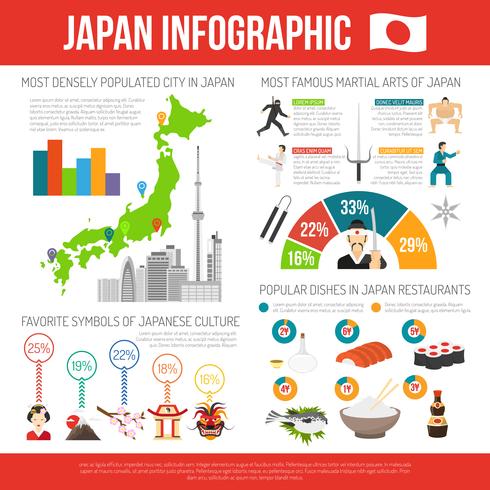The International Journey And Development Of Martial Arts Throughout History
The International Journey And Development Of Martial Arts Throughout History
Blog Article
Created By-Winkler Matthews
Martial arts have a fascinating background that extends centuries and continents. You could locate it intriguing just how old techniques like Shuai Jiao and Kalaripayattu laid the groundwork for contemporary fight methods. These disciplines not only emphasize physical skills but likewise show the cultures that birthed them. As you explore their development, consider just how globalization has transformed these typical forms into crossbreed styles. What impacts do you assume have shaped today's martial arts landscape?
Ancient Martial arts: The Foundations of Fight
As you delve into the globe of ancient martial arts, you'll uncover the abundant foundations that shaped fight techniques across societies. Very early methods concentrated on Self-Defense and survival, typically integrating strikes, hurting, and weapons.
In Read Full Report , for instance, strategies like Shuai Jiao stressed throws and joint locks, while India's Kalaripayattu showcased dexterity and fluid motion. Japanese samurai created Kenjutsu, a polished swordsmanship that highlighted discipline and strategy.
These martial arts offered not just for fight yet also as a means of personal development, instilling values like regard and willpower. The blending of these methods over time prepared for the diverse martial arts you see today, each showing the distinct ideologies and needs of its society.
The Cultural Impact on Martial Arts Development
While martial arts commonly show the useful needs of a society, they likewise personify the cultural values and ideas of their beginnings. When you check out various martial arts, you'll notice how they're affected by religious beliefs, approach, and social standards.
For do martial art instructors let kids knock them down , the focus on respect and self-control in Japanese martial arts comes from Zen Buddhism and samurai society. In contrast, Brazilian Jiu-Jitsu promotes flexibility and method, formed by the need for effectiveness in a diverse, modern setting.
You might discover that the rituals, uniforms, and training methods mirror a neighborhood's background and identification. By comprehending these social influences, you strengthen your recognition of martial arts and their function fit human experiences across the globe.
Modern Adaptations and the Globalization of Martial arts
Martial arts have actually changed considerably in recent decades, adjusting to contemporary society and worldwide influences. You'll see that conventional kinds have mixed with modern strategies, developing hybrid styles like MMA. These adjustments deal with varied audiences, making martial arts easily accessible and attractive globally.
With what is kajukenbo made out of of social networks and electronic systems, you can find tutorials and competitors from all corners of the globe, damaging geographical obstacles. This globalization has resulted in a shared recognition for various techniques, from Brazilian Jiu-Jitsu to Taekwondo.
As you engage with these arts, you'll realize they're not practically combat; they advertise physical fitness, self-control, and psychological health.
Ultimately, modern adaptations have actually enriched the martial arts landscape, making it a vibrant and advancing technique.
Verdict
In exploring the history and development of martial arts, you reveal an interesting blend of methods, cultures, and philosophies. From ancient disciplines like Shuai Jiao and Kalaripayattu to the contemporary flexibility seen in mixed martial arts, martial arts mirror humankind's pursuit for Self-Defense and individual development. As you involve with these practices, you not only get skills but additionally a deeper gratitude for the diverse practices that shape our world today. So, proceed your trip and embrace the art of battle!
